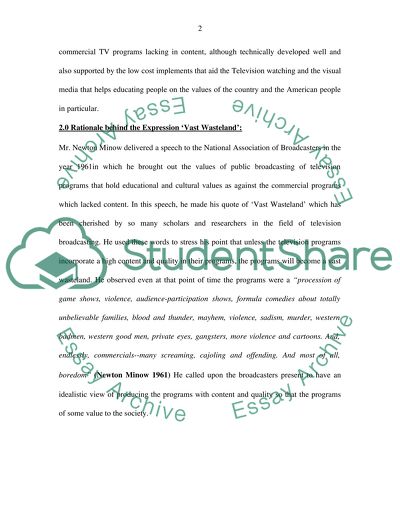Cite this document
(“US Telecommunication Industry Essay Example | Topics and Well Written Essays - 2250 words”, n.d.)
Retrieved from https://studentshare.org/sociology/1518534-us-telecommunication-industry
Retrieved from https://studentshare.org/sociology/1518534-us-telecommunication-industry
(US Telecommunication Industry Essay Example | Topics and Well Written Essays - 2250 Words)
https://studentshare.org/sociology/1518534-us-telecommunication-industry.
https://studentshare.org/sociology/1518534-us-telecommunication-industry.
“US Telecommunication Industry Essay Example | Topics and Well Written Essays - 2250 Words”, n.d. https://studentshare.org/sociology/1518534-us-telecommunication-industry.


